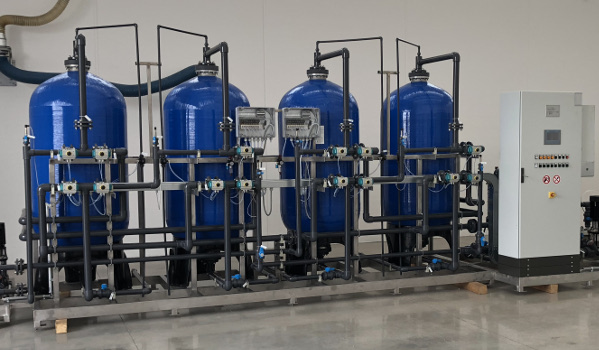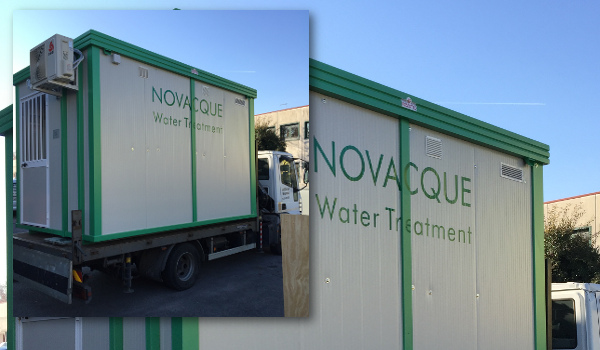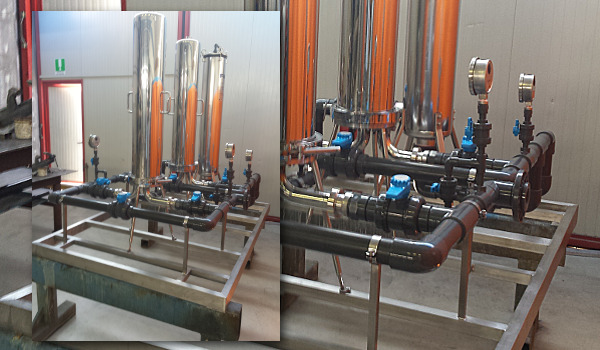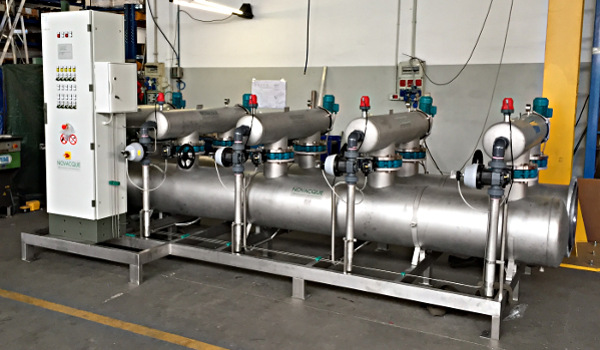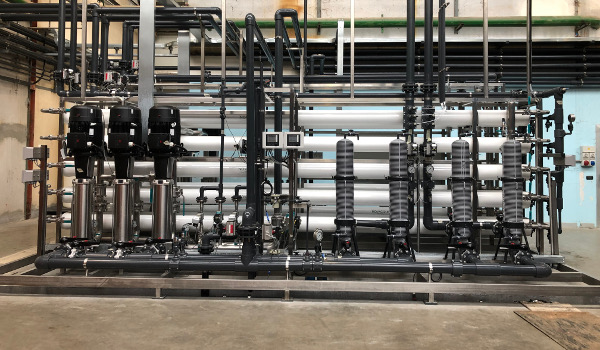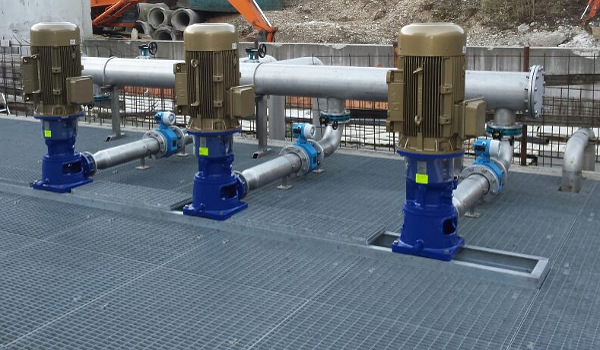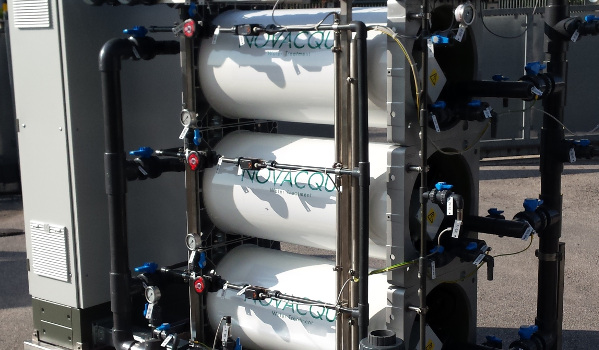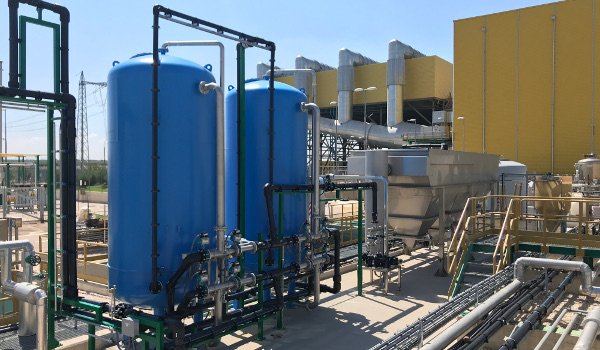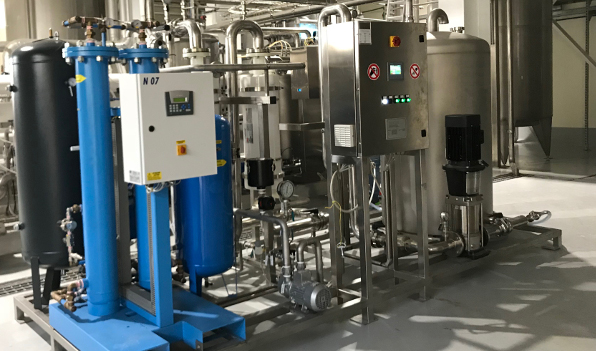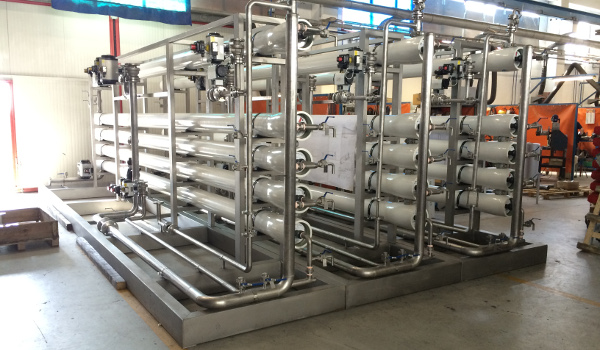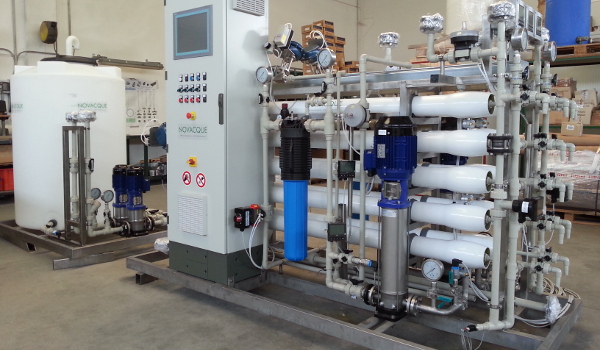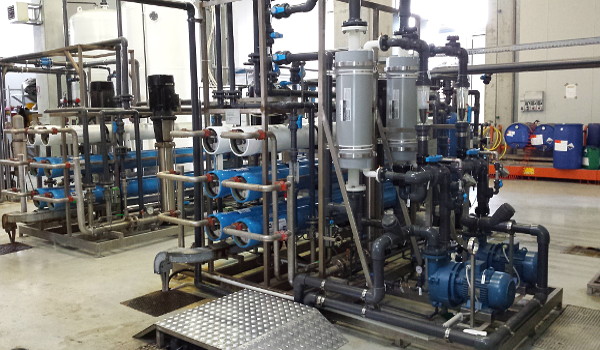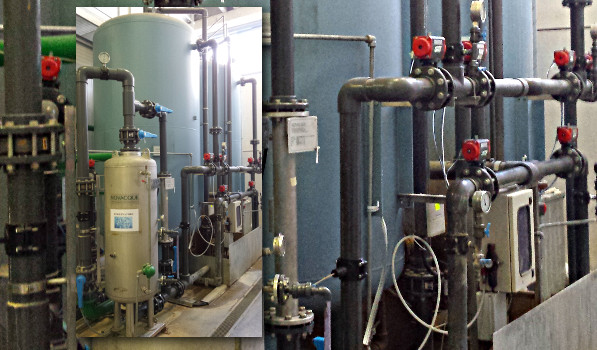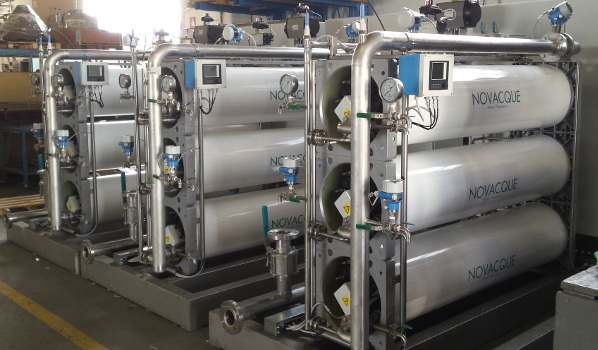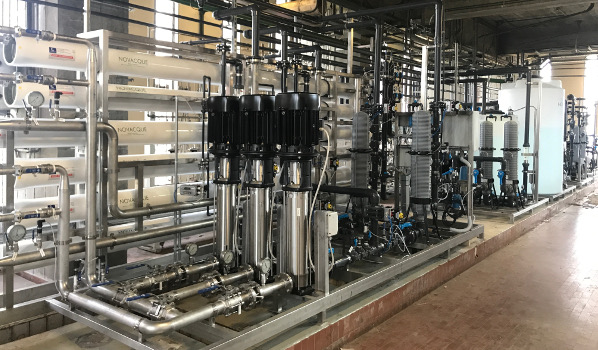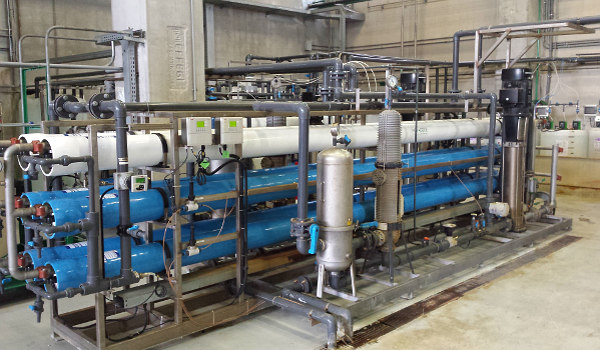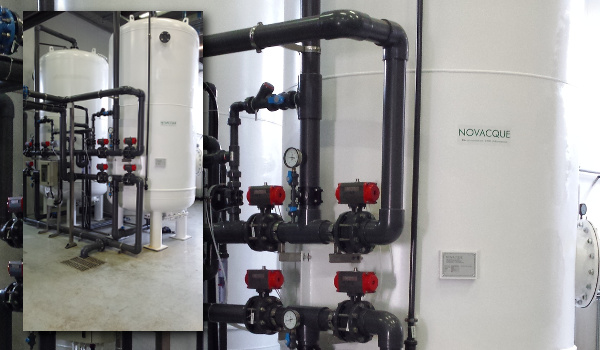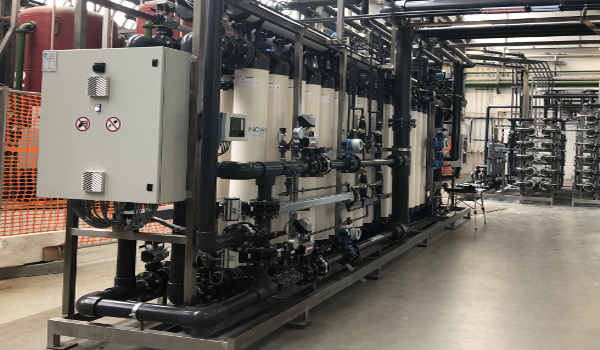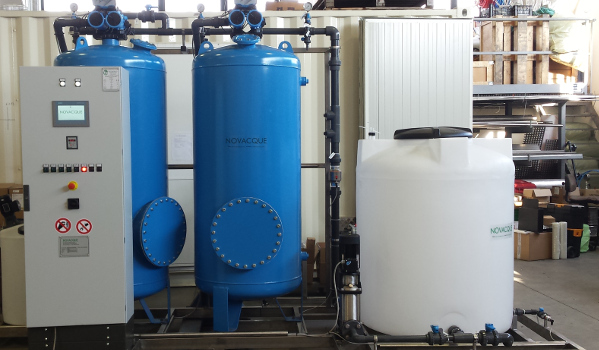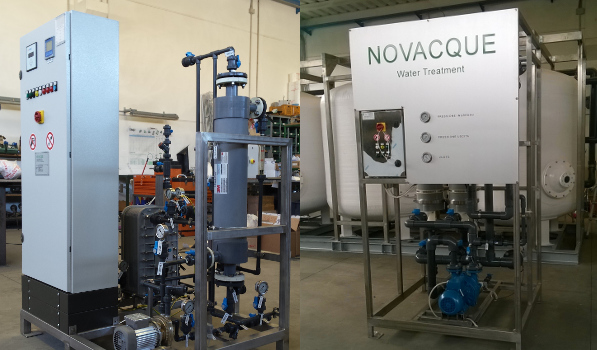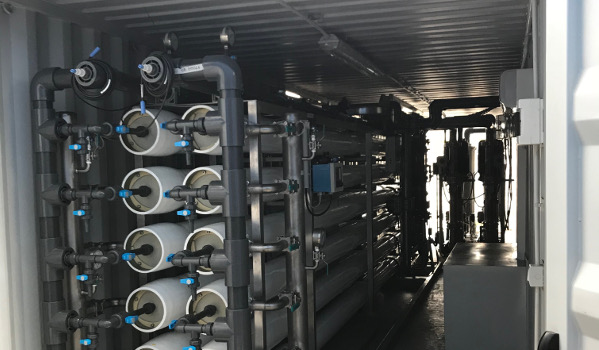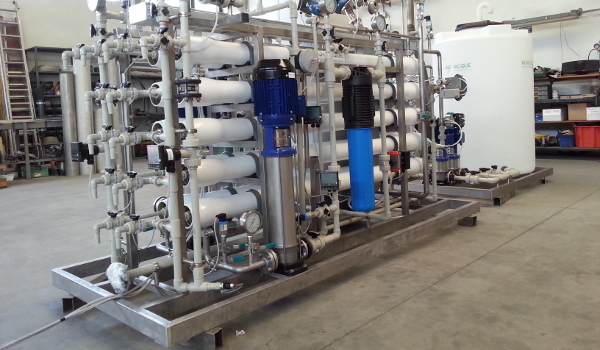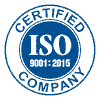Water treatment process of groundwater and surface
Water purification through Clariflocculation, Sedimentation and/or Flotation process
The technology of clariflocculation is a necessary process required to treat water containing a high level of suspended solids and other contaminating substances.
More contentElectrodeionization
Essentially Different from Conventional Ion Resin Purification Systems continuous electrodeionization modules utilize ion-exchange resins insprimarilyas a bridge to allow electric current to pass through the electrodeionization cell.
More contentWater treatment using a filtration process on quartzite
The multilayer filters can retain the physical impurities, sand and mud, suspended substances in water, the iron in an oxidised form, wich cause turbidity in water.
More contentWater purification with Active Carbon
Active carbon filters can retain chlorine and its derivatives, ozone, ionic surface active agents, solvents, pesticides and micro-pollutants present in water, eliminating, also, any possible nasty smells and tastes.
More contentWater treatment using a Deferrization and Demanganization process
The deferrization, demanganization filters allow for removal of iron and manganese from water, present in a non oxidized form.
More contentWater treatment for primary use through sterilization process
One of necessary operations in order to condition well water or superficial water is the sterilisation / disinfection.
This operation is also called de-inoculation of seeds, because it removes all bacteria, including pathogens.
More contentWater treatment through ultra-filtration process
Since several years ultra-filtration with membranes has been representing a convenient and reliable technology of membrane separation for superficial water treatment of conditioning- sterilization of and, of civil and industrial sewage, in the service sector.
More contentWater treatment trought softening process using ion exchange resins
Softening using ion exchange resins enables to hold Calcium and Magnesium salt (that determine the hardness of water) with the release in water of Sodium Salts in substitution.
Resin softening does not substantially modify the saline content but the saline composition.
Reverse Osmosis Treatment
Reverse osmosis represents, nowadays, the most convenient and the safest technique for the separation of substances or dissolved salts contained in a liquid, with total sterilization action at the same time.
More content
